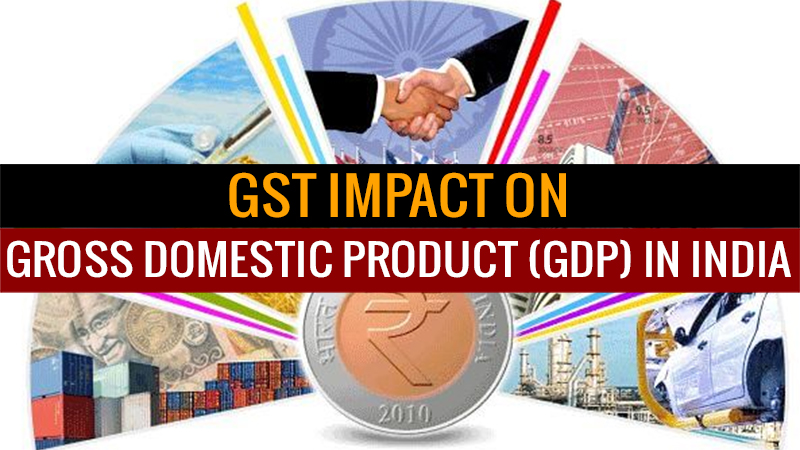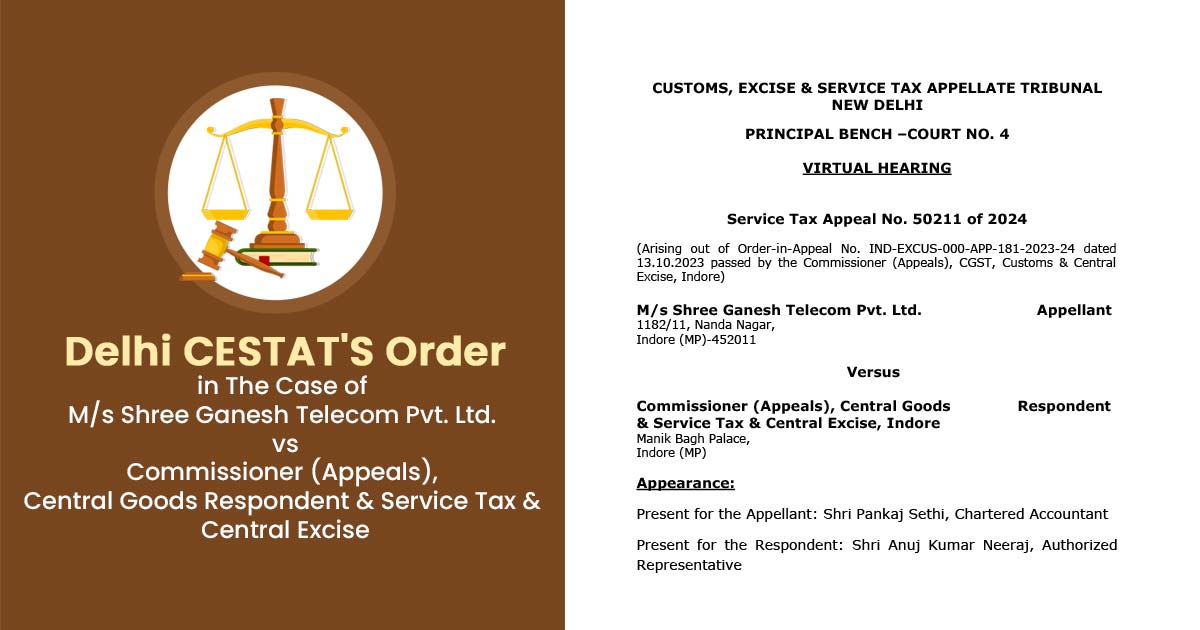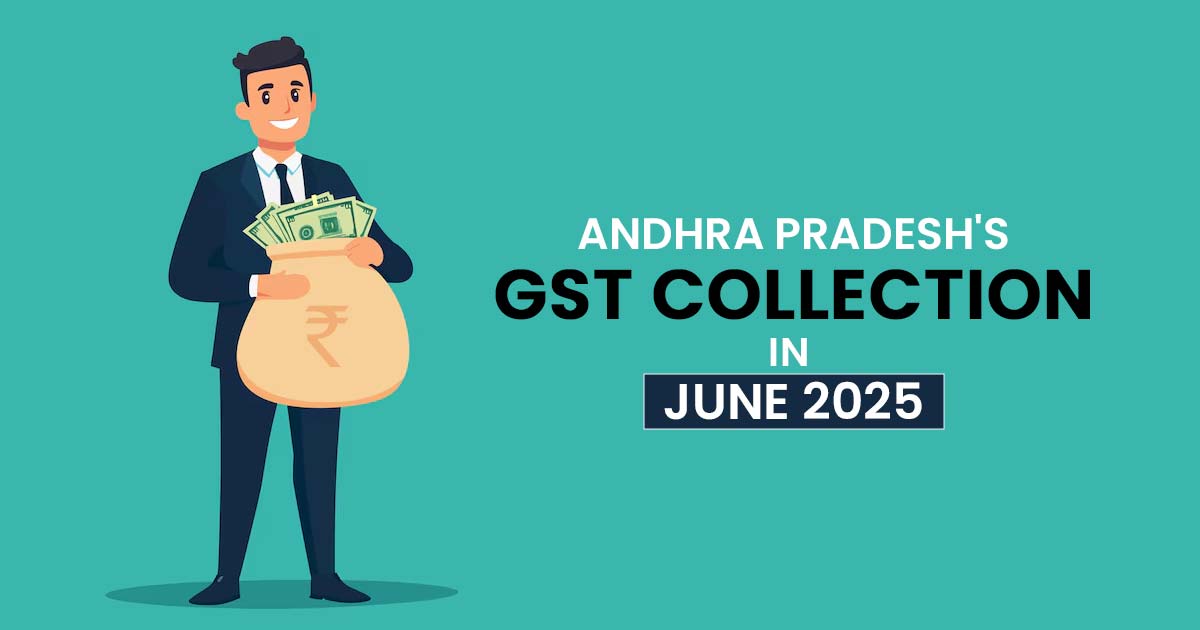
The biggest tax reform i.e. Goods and Services Tax is now a part of the Indian Economy. A new and unified tax structure is followed for indirect taxation in place of various tax laws like Excise duty, Service Tax, VAT, CST, etc. and for sure the new tax regime is determined to eliminate the cascading effect of tax on transaction of products and services, and it will result in availability of product and services to consumers at a lower price.
GDP Data for FY 2024-25 03rd Quarter (October to December 2024)
India’s economy grew by 6.2% in the third quarter of the current fiscal year, covering the period from October to December 2024. This marks a slowdown compared to the 9.5% growth recorded in the same quarter of the previous year. The decline in growth can be attributed to various economic factors, including changes in trade, hotels, transport, communication, services broadcasting sector, and other utility services etc. Read Press Release
GDP Data for FY 2024-25 02nd Quarter (July to September 2024)
Economic growth has been reduced to 5.4% in July-September 2024 compared to 8.1 pc in the year-ago quarter. In the April-June quarter (Q1), the economy expanded at 6.7% stating the slowest speed in 5 quarters. In governmental expenditure, the government has indeed had a reduction in the general elections. Till now, the government has claimed that the risen momentum is robust and a 6.5-7 percent growth estimate for the full fiscal is realistic. Read Press Note
GDP Data for FY 2024-25 01st Quarter (April to June 2024)
The gross domestic product (GDP) of India for the April-June quarter of fiscal 2024-25 (Q1FY25) stands at a 15-month low of 6.7 percent compared to 8.2 per cent in the year-ago period over soft government spending and low consumer spending. The data emerged from the National Statistical Office (NSO) on Friday, August 30, the agriculture sector recorded a two per cent growth, down from 3.7 per cent in the June quarter. Read Press Note
GDP Data for FY 2023-24 4th Quarter (January to March 2024)
The National Statistical Office (NSO) by the Ministry of Statistics and Programme Implementation (MoSPI), released India’s Gross Domestic Product (GDP) for the 4th quarter ending March 31, 2024 (Q4 FY24) witnessed a growth of 7.8 per cent. Read More
GDP Data for FY 2023-24 3rd Quarter (October to December 2023)
As per the latest GDP data released by the Statistics Ministry on Thursday, February 29, India’s Q3 GDP (October-December 2023) has emerged as the fastest-growing major economy in the world. The economy of India grew a remarkable 8.4 per cent during the October-December quarter of the current financial year 2023-24 (Q3FY24).
The amazing growth rate can be attributed to the strong performance of the manufacturing and construction sectors, which were maintained by high domestic demand. These sectors have played a crucial role in driving India’s economic growth, making it one of the most promising markets for businesses and investors around the world. Read more
GDP Data for FY 2023-24 2nd Quarter (July to September 2023)
The Indian economy has shown an impressive growth rate of 7.6% in the second quarter of the current financial year 2023-24, which is much higher than the 6.2% growth witnessed in the second quarter of the previous fiscal year. This growth rate was much better than what most analysts had predicted, expecting it to be around 6.8%. However, it is important to note that this growth rate is slightly lower than the 7.8% growth rate observed in the first quarter of FY24. Overall, this positive growth trend is a promising sign for the Indian economy and its prospects. Read PDF
GDP Data for FY 2023-24 1st Quarter (April to June 2023)
During the first quarter of the fiscal year 2023-24, the Gross Domestic Product (GDP) of India grew 7.8 per cent, according to data released by the National Statistical Office (NSO). In comparison to the previous quarter, the growth rate was 6.1%. Growth was slower than the 13.1% recorded in the first quarter of fiscal year 2022-23. In April-June, India continued to expand faster than China, which had a growth rate of 6.3%. Read PDF
GDP Data for FY 2022-23 4th Quarter (January to March 2023)
India’s GDP for Q4FY23 exceeded expectations, with a growth rate of 6.1% compared to the anticipated 5.5%. The overall growth for FY23 stood at 7.2%, although it represented a decline from the previous fiscal year’s 9.5% growth. Economists are optimistic about India’s economic outlook for FY24, with projections of a 6.0% real GDP growth. However, the possibility of El Nino affecting monsoon rains poses a downside risk.
On the positive side, increased government and state-level capital expenditure, as well as swift implementation of infrastructure projects, could uplift GDP estimates. In terms of inflation, experts predict a moderation in FY24, benefiting household budgets and consumption. Nevertheless, challenges persist, including the impact of rising home loan EMIs on urban households, the contraction in exports and its implications for employment, and the potential effects of El Nino on crops, food prices, and farm incomes.
GDP Data for FY 2022-23 3rd Quarter (October to December 2022)
The GDP growth has been slowed down to 4.4% from 6.3% in the 2nd quarter (Q2) of 2022-23 between October to December 2022 under the norms of the National Statistical Office (NSO) that maintains its full-year growth approximately to 7% economy, despite revising the GDP growth estimate for 2021–22 from 8.7% to 9.1%.
GDP Data for FY 2022-23 2nd Quarter (July to September 2022)
The September quarter of 2022-23 saw India’s economic growth slow to 6.3 per cent from 13.5 per cent in the previous quarter, mainly due to contractions in the manufacturing and mining sectors.
According to the National Bureau of Statistics, the GDP grew by 13.5% in the previous April-June quarter of 2022-23, compared with 8.4% in the same quarter of 2021-22. In its report earlier this month, the Reserve Bank of India (RBI) predicted that GDP growth for the second quarter would range from 6.1 to 6.3%. Read Press Release
GDP Data for FY 2022-23 1st Quarter (April to June 2022)
As per provisional estimates released by the National Statistical Office on Wednesday, India’s GDP for the 1st quarter (April-June 2022) of the ongoing financial year 2022-23 rose 13.5 per cent. 2021-22 saw a growth of 20,1% in GDP.
Real GDP growth rates were projected in the range of 13-16.2 per cent for Q1 of the ongoing financial year 2022-23 (FY23). Their analysis suggests that the 20.1 per cent growth in the corresponding period last year, a moderated impact of the war in Russia and Ukraine, and a pickup in service sector activity all supported growth.
Read Also: GST Impact on E-commerce Sector in India
GST Positive Impact on GDP
Now, There is only one tax rate for all which will create a unified market in terms of tax implementation and the transaction of goods and services will be seamless across the states.
The same will reduce the cost of the transaction. In a survey, it was found that 10-11 types of taxes levied on the road transport businesses. So the GST will be helpful to reduce transportation cost by eliminating other taxes.
After GST implementation the export of goods and services will become competitive because of nill effect of cascading effect of taxes on goods and products. In a research done by NCAER, it was suggested that GST would be the key revolution in Indian Economy and it could increase the GDP by 1.0 to 3.0 percent.
GST is more transparent in comparison to the previous law provision so it will generate more revenue to the Government and will be more effective in reducing corruption at the same time. Overall GST will improve the tax Compliances.
In a report issued by the Finance Ministry, it was mentioned that Make In India programme will be more benefited by the GST structure due to the availability of input tax credit on capital goods.
As the GST will subsume all other taxes, the exemption available for manufacturers in regards of excise duty will be taken off which will be an addition to Government revenue and it could result in an increase in GDP.
The GST regime has although a very powerful impact on many things including the GDP also. The Gross Domestic Product has the tendency to loom on the shoulders of revenue generated by the economy in a year. Still, a worthwhile point includes that the GST has the capability to extend the GDP by a total of 2 percent in order to complete the ultimate goal of increasing the per-capita income of every individual. Also, the GST scheme will certainly improve the indirect revenues to the government as the tax compliance will be further enhanced and rigid, extending the tax paying base which will add to the revenue. The increased income of the government will redirect towards the developmental projects and urban financing creating an overall implied scenario.
GST Negative Impact on GDP
In a report, DBS bank noted that initially, GST will lead to the rise in inflation rate which will remain for a year but after that GST will affect positively on the economy.
As we know Real Estate also plays an important role in Indian economy but some expert thinks that GST will impact the Real Estate business negatively as it will add up the additional 8 to 10 percent to the cost and reduce the demand about 12 percent.
GST is applied in the form of IGST, CGST AND SGST on the Center and State Government, but some economists say that there is nothing new in the form of GST although these are the new names of Central Excise, VAT, CST and Service Tax etc.
As every coin has two faces in the same way we tried here to familiarize the things related to GST with both perspective i.e. positively and negatively in this article. Despite having some factor which is being expected to affect the Economy adversely there are so many other things which are expected with a positive impact on GDP.










As a non-economist I perceive that, GST expected to increase GDP by around 2% , is a way to streamline the taxation structure to dilute tax overburden and at the same time funnel more funds to the treasury to indulge in developmental infrastructure projects etc to increase GDP . Am I right to some extent ?
What is the GST rate on gold ornaments? How does a consumer know the correct GST rate on a product
Sir, I am a dealer of solar water heaters, now I want to know the GST of solar heater tubes and other related parts. Kindly send me the rate of spare parts of solar water heaters.
GST rate for the solar heater and various parts are :
Solar Panel -5%
Solar Cells -18%
Solar Batteries-18/28%
Solar Inverter -5%
Solar PCU-5%
Solar Structure-18%
Solar wires-18%
Solar I&C-28%
Solar Power pack-5%
Solar water heater-5%
Solar street light-5%
Solar pump-5%
Yes,
It is very nice and because of that its the minimize the confusion of new GST regime.